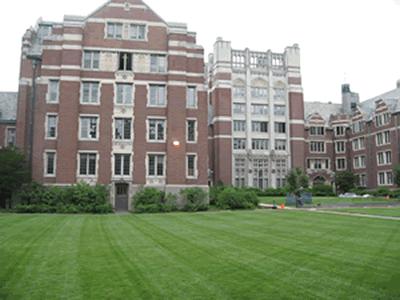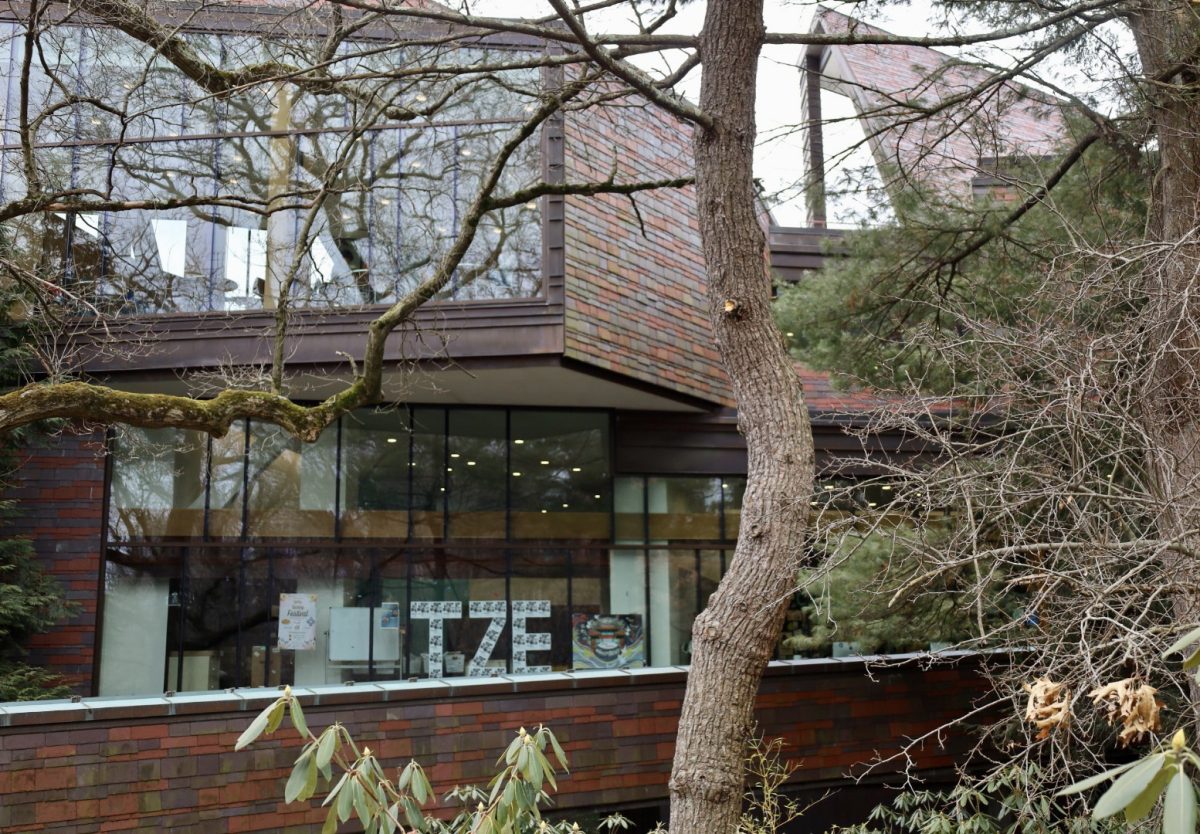At the Senate meeting on Monday, Feb. 13, the Office of Residential Life announced a change in the current student housing policy, which will take effect in the Fall 2017 semester. This policy aims to give students more choice in where they are housed and shorten the waiting list, among other goals.
Assistant Director of Student Housing Meghan Todd explained that although there will be drastic changes to parts of the process, such as housing night, the early aspects will not change very much. The guidelines and frequently asked questions will be released on Wednesday, Feb. 22, and Todd will begin pre-halling certain groups of students in early March, as per usual.
The main difference in the early part of the process is that the numbers assigned to students to identify their ranking will now be called “priority numbers” rather than “lottery numbers” because, as Todd said, “The word ‘lottery’ seems a little intimidating.” These numbers will still be released in early March.
However, after returning from spring break, the process changes. Although students will still rank their top three room type preferences on their housing form, they will now also have the option to include suite/apartment in that ranking. While there are currently similar living options available in Hemlock and Orchard Apartments, the Office of Student Housing has now included some new options. Many of them are old Resident Director (RD) apartments in Beebe, Shafer, Stone, McAfee, Dower and Tower.
There will also be updated floor plans of the newly-available apartments online because these apartments have not been used for student housing before, and the Office of Student Housing wants to ensure that students have an accurate idea of what these spaces look like.
The biggest change in the housing process, however, will be housing night. In the past, housing night took place on a single night, and each student reported to their respective assigned halls to choose their rooms. Now, there will be multiple housing nights, although students will still only have to attend one. In addition, these housing nights will not take place in the halls themselves, although the location has yet to be determined.
According to Todd, the housing nights “will be broken down by the type of room you’re selecting and also further by what your priority number is. So we’ll be able to say this range of priority numbers will be able to select a single room. Students won’t be halled in a specific building. They will be able to choose from rooms that are available across campus.”
The first night will be dedicated to assigning students to suites/apartments and singles, the second and third nights to assigning singles and the fourth to assigning doubles and triples. Based on the preferences students submitted on their housing form, they will show up for the housing night for the type of room that they would like and choose their room in the order of their priority number. For example, students that would like to live in a suite or apartment, or have a good priority number and want a single, will show up on the first night and, in the order of their priority numbers, select the room they would like on campus individually.
Todd hopes that this will make housing night less stressful. Although there will now be multiple housing nights, this means that the housing form is not as complicated. Students will also be able to choose their room in real time based on what rooms have already been selected.
“We’re collecting student’s ranking of halls, but we’re not halling them in those halls. [At the housing night,] we’ll be keeping lists of rooms that are available and crossing them out as they’re chosen,” Todd explains. In addition, the new process also strives to shorten the waiting list. “We’re hoping to walk away from this with a much smaller waiting list. There’s that looming term of ‘unhoused’… Now, we’re going to house as many students as possible. We’re going to use every available space. Right away, we’re going to start a room change process that will continue over the summer. Your priority number will continue, so you’ll have an opportunity over the summer to make a change,” Todd said.
The new system is the result of months of discussion, especially on the part of Todd, Dean Carol Bate and Interim Director of Residential and Campus Life Sean DeVeau. According to DeVeau, “I thought the changes we were able to make would create more satisfaction for students by allowing for more student input into their selection.”
While Todd and DeVeau are aware that the process may take some getting used to, they said that they are ready to help students make the transition.
“Room selection is never a perfect process, and we may discover unintended consequences after going through the process this year. However, we will continue to work with students straight through the summer to maximize satisfaction and then work to make improvement for coming years,” DeVeau said.
Many students are intrigued by the new policy and are eager to see how it will function.
“It’s good that they’re trying to fix the problem, but there might be another way to go about it. It’s very complicated, and there might still be problems. I’m excited to see this new process and am curious to see what it’s like when we actually go through it,” Linda Lazo ’18 said.
Todd is aware of the strong emotion that the housing process usually elicits from students, ranging from indifference to loathing, and she hopes that this new method will make it much easier for students. “I hope that housing gets a better rap on campus… We definitely heard what students were saying. We know how difficult this process has been in the past, and we’re really hoping that this makes things better,” Todd said.






